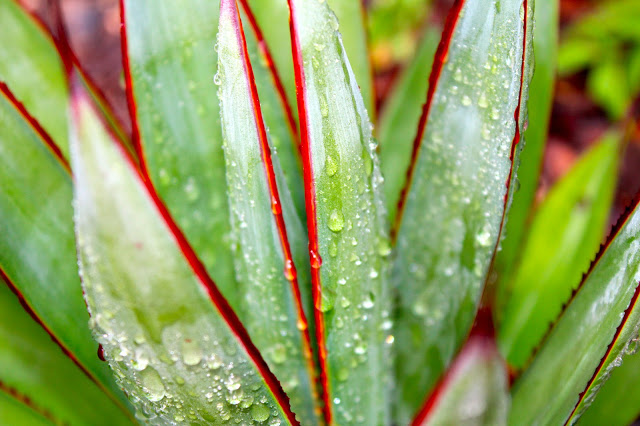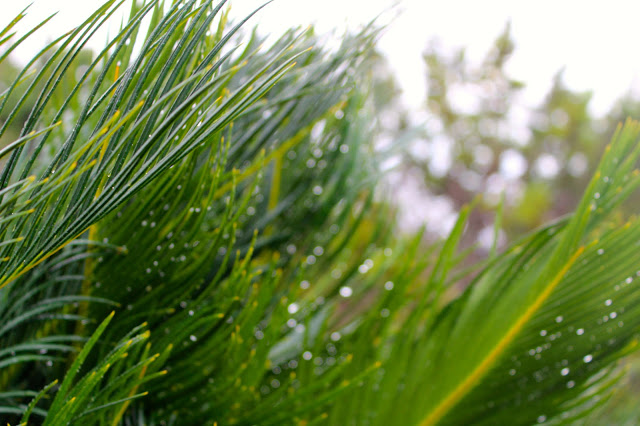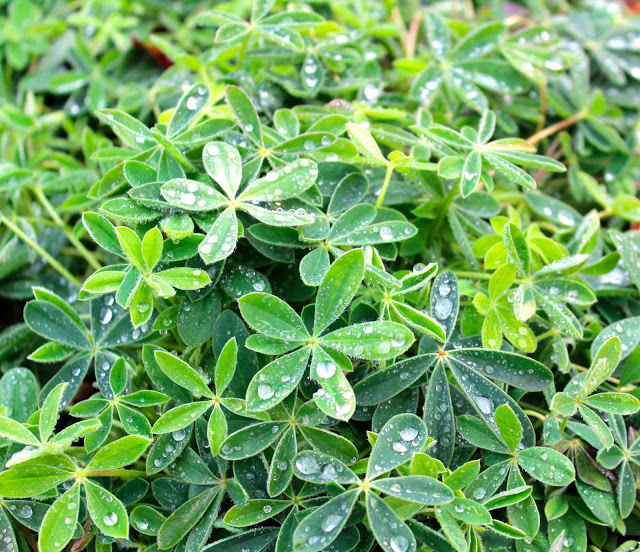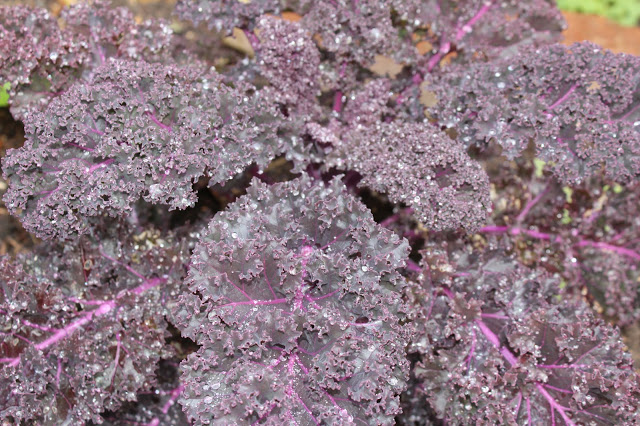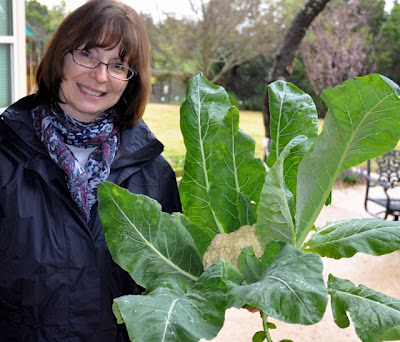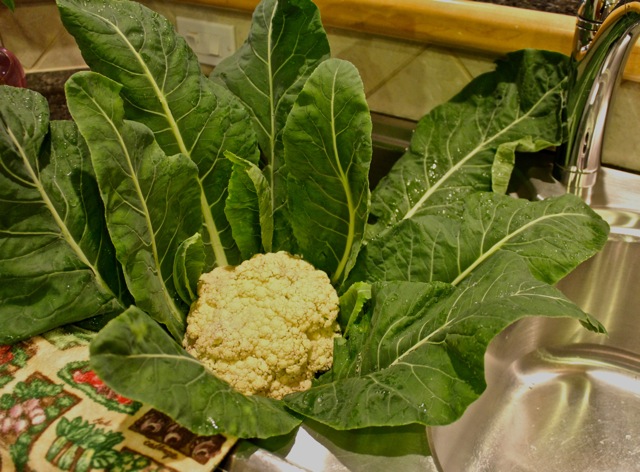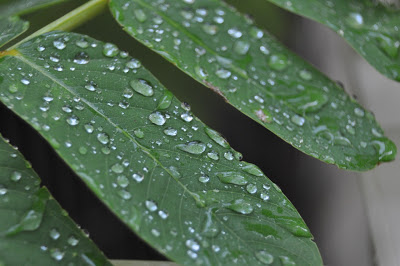A little rain to help our drought-stricken gardens…
The drought continues in Central Texas — we closed the door on 2012 more than an inch below our average 4th quarter rainfall totals.
So this week’s substantial rainfall was a welcome drench for plants and animals. And of course, I had to go out into the garden to record the effect of the rain on my plants.
Don’t step in the puddles as you tour the garden.
How much rain have you gotten lately in your garden?

